Art – who holds the power? It has to change…
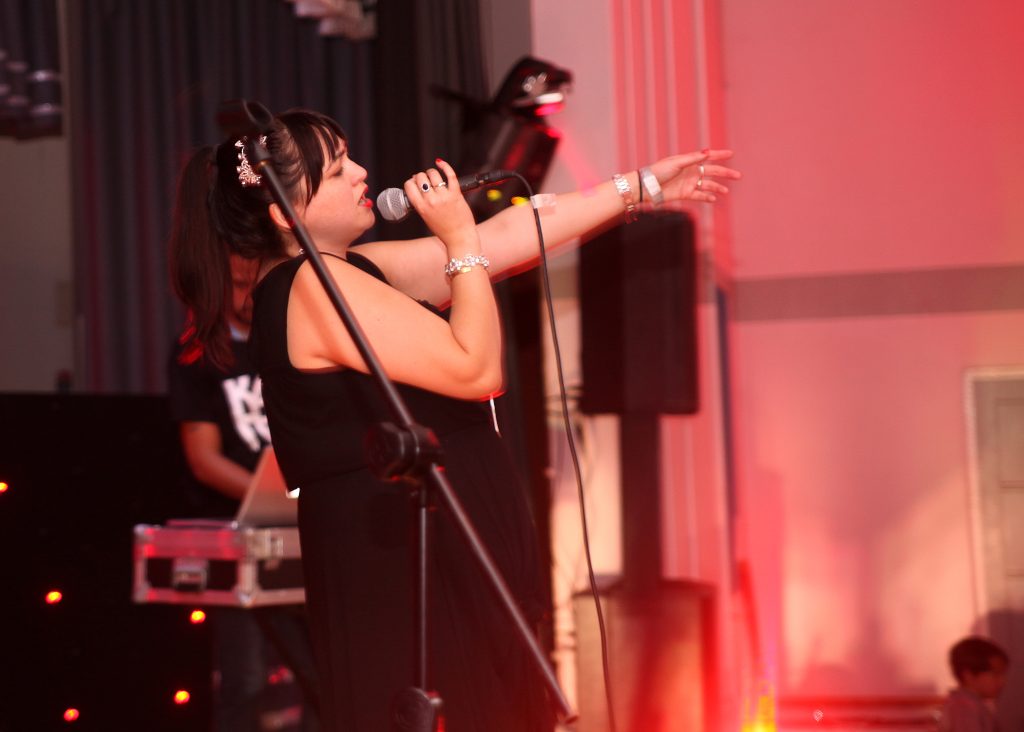
Makala Cheung reflects on who gets to decide what kinds of art and culture are valued, and on other themes emerging from our Covid Culture conference.
All culture in all communities has value – I know it, you know it, let’s go do something about it!
As someone who has worked creatively in my community for nearly 20 years, it was fabulous to see all my arts and community bug-bears being openly debated in a cultural conference; with speakers from performers and poets to academics and leaders of arts organisations. The questions I’ve pondered for so long are now emerging strongly in the sector. We have opened the door and scratched the surface, but where should we go from here?
Like, who decides what art is and what’s valued? Why is it that streetdance doesn’t get as much funding as ballet? ( Our local world championship winning Dark Angels have run completely on community subs and local fundraisers and never accessed arts funds, and I love watching them as much as seeing the ballet Giselle). And why is it that grassroots music venues (like so many in my beloved city of Bristol) generally don’t get the same support as the big arts centres get?
Sometimes it can be that people don’t see what they do as ‘art’, other times it’s a variety of barriers. Many times I have heard the discussion about how jargon and terminology can be very off putting to many artists/ cultural projects who aren’t used to some of the funding platforms and the language.
The system, decision-making, and understanding need to change and the barriers be removed. Why do some think this world of art and culture is not for them? Is it because of what art gets funded, so we have this skewed view of what it is, when in fact it’s just a slither of the truth?
Maybe the decision-makers have a different background and therefore taste. (I’m drawn to street dance and urban music ’cause I grew up with that around me, so I appreciate it way more.)
It’s definitely not the communities that need educating. We all have valuable culture to share with each other! We all need to be open to new experiences – the cultural richness and brilliance that exists and is being made in communities already!
We’ve heard before that old argument that community art isn’t high quality. Maybe it’s just not financially backed!? I think we need to do some equity work – and recognise the potential without the polished finish. We need to stop worrying about this idea of perfection (whose perfection anyway?) and start worrying about how it is that everyone who is left out has been excluded for so long, and all the rich experiences that are missing. I’ve had some amazing cultural experiences in the grassroots DIY underground – yet a lot of this work can be unpaid, and this was only more apparent in lockdowns. (We all heard about the many artists and performers who were not eligible for furlough or grants – yet they were the ones who brought joy to people when they most needed it.)
So, how do we build a fair, open and diverse cultural infrastructure?
Many of the speakers talked about learning in lockdowns and how hyper-local is the way. (Though some smaller/community venues didn’t have the kit or inhouse skills/capacity due to legacy funding reasons at first). The money needs fairer distribution. And we have to bridge the gap between the ‘arts’ world and the culture in communities to make that work. We have to change the way we talk about artists and quality and stop building barriers. It’s not about reaching new audiences and giving access, it’s about respecting and valuing all culture; building relationships; listening to each other, and working with and funding communities to deliver themselves / in collaboration. We all need to support and learn from each other.
I think the future is supporting and developing cultural hubs in the communities that are often excluded, in partnership with traditional arts organisations – building routes-in for emerging artists and cultural leaders.
Traditional passive culture (think visiting a gallery, which I do enjoy!) might have its place but we need opportunities for taking part, co-creating, collaboration, and active cultural participation. All culture in all communities has value – I know it, you know it, let’s go do something about it!
Makala Cheung is a Community Worker (Filwood Community Centre), Music Artist KALA CHNG, and now new Co-Director of Fun Palaces.
Twitter: @MakalaCheung @KALACHNG
Image: KALA CHNG performing at Knowle West Fest. Photo: Tanya Hazel
Related news
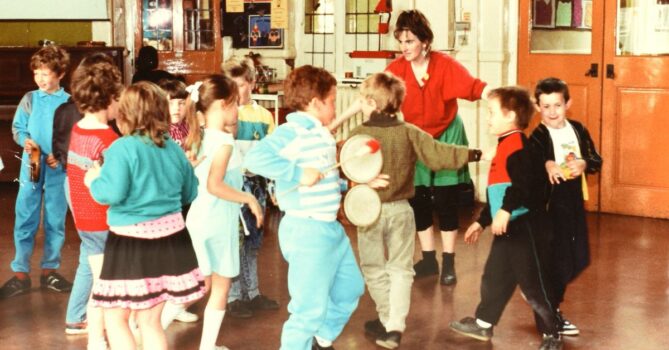
Junction Arts: Fifty years of creative placemaking
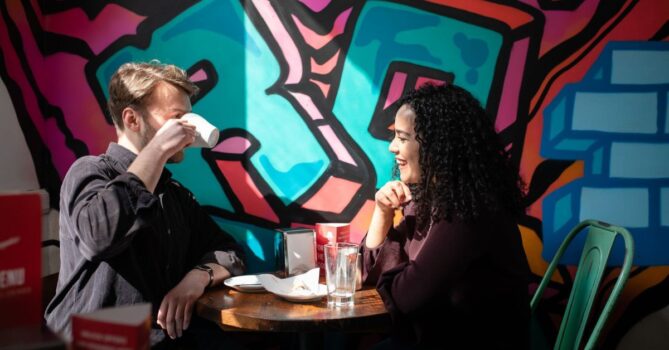
Working internationally with The Arts Impact Partnership
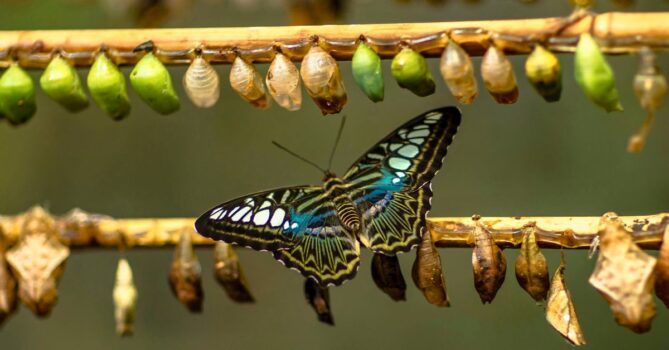
Taking the courage to pause
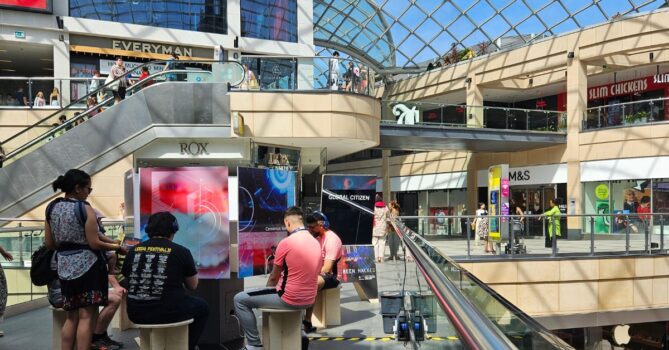
Lessons of touring immersive work beyond arts venues

Understanding and measuring cultural vitality in the UK




